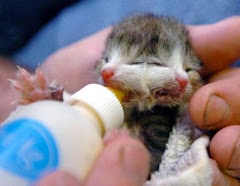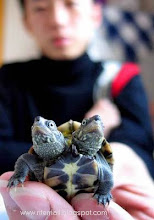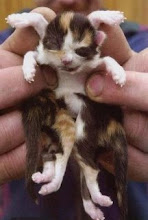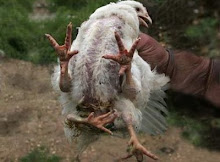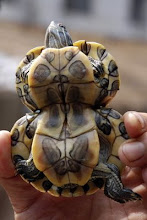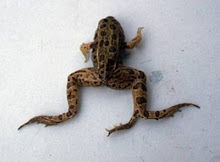
One unusual event happened in Oregon City in the United States. A kitten was born with only one large eye grown on the position of its nose on December 28, 2005. This type of deformity is known as Holoprosencephaly. Besides one eye, the kitten was also found to have no nose at all. This deformed kitten finally died two days after it was born.






